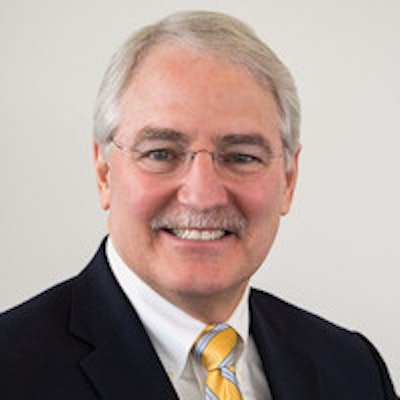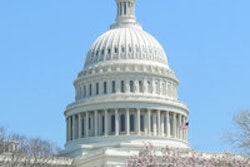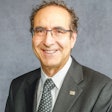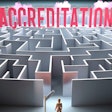
In April, Dr. William Thorwarth Jr. began his tenure as CEO of the American College of Radiology (ACR), succeeding Dr. Harvey Neiman. Previously, Thorwarth was ACR president and chair of the ACR Commission on Economics, and he has been a member of the ACR Board of Chancellors. AuntMinnie.com spoke with Thorwarth about his new position and the state of the specialty.
AuntMinnie: What is your focus as you begin your tenure as CEO?
Thorwarth: In 2013, the college launched the Imaging 3.0 initiative, which is a national campaign to help radiologists and other practitioners shift from volume-based service to value-based practice. The idea is to support radiologists as they navigate these changes and to shape healthcare reform, rather than becoming victims of it.
 Dr. William Thorwarth Jr., CEO of ACR.
Dr. William Thorwarth Jr., CEO of ACR.
That year, the ACR put in place elements of Imaging 3.0, and now we're putting all the pieces together, promoting patient-centered radiology; appropriate imaging, that is, performing the right exam at the right time; and communicating with referring providers and patients as necessary.
So my focus as I begin my tenure as CEO is to support and develop this initiative. In fact, a big part of my decision to accept the position was a desire to convey to our members and to the public that the college is here, poised and ready to help shape healthcare delivery.
What skills do radiologists need to thrive in the current healthcare environment?
I practiced interventional radiology during my clinical years and saw the benefit of having day-to-day interaction with patients. It's vital that patients have radiologists actively involved in their clinical care.
Radiologists have been "background providers" for a long time, and many patients have not understood who we are or what we do. It's time to establish an active and open role with patients, not only for their understanding and peace of mind but also as part of the care team, providing important clinical history and tracking patient safety during imaging exams. And what's good for patients is also good for radiologists, because they can continue to develop clinical skills and enjoy more satisfaction in their work.
One of the most important efforts we can make as radiologists is to identify, document, and communicate to our colleagues all the healthcare processes we're involved in. There's just so much radiologists do every day in addition to interpreting images.
How has Dr. Neiman's tenure influenced your work?
I've got big shoes to fill. Dr. Neiman remains a good friend and mentor. He believed that the field of radiology should have its own professional development and leadership academy, and helped establish both the Harvey L. Neiman Health Policy Institute and the Radiology Leadership Institute. If you look at his contributions over his years of leadership, it's clear he focused on the ACR's five pillars -- advocacy, research, economics, education, and quality and safety.
What's the state of radiology now? How can radiologists be advocates for the specialty?
We're in a very dynamic and changing time with regards to healthcare overall, and reimbursement is a part of that. The college has been proactively developing a number of ways to address these changes, such as practice guidelines, appropriateness criteria, and radiation exposure assessment.
A big concern, not just for radiology but for medicine as a whole, is addressing the cost of medical education. Post-training, radiologists often have hundreds of thousands of dollars of debt, and it's difficult to get their lives started; in fact, the Accreditation Council for Graduate Medical Education estimates that physicians who graduate from medical school in 2020 will be paying off loans well into their 50s. For medicine to continue to attract the best and brightest, we have to come up with a payment system that is less burdensome.
It's crucial that community radiologists take an active role on their hospital's medical staff, contributing not just clinical care but knowledge. Make use of opportunities such as serving on local charitable boards, participating in state ACR chapters, and tracking legislative and regulatory changes at both the state and federal level. And if you're not inclined to take a more public role, support your colleagues who are.
I remain completely optimistic about radiology as a specialty. The active role we play in healthcare delivery puts us in a great position to show that our contribution is critical.




















